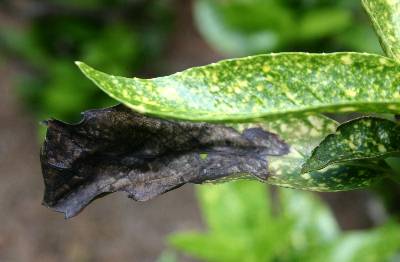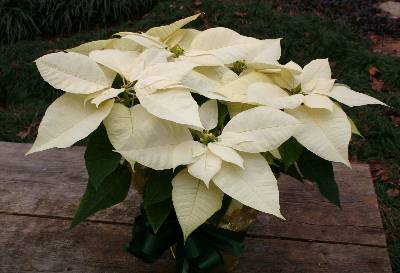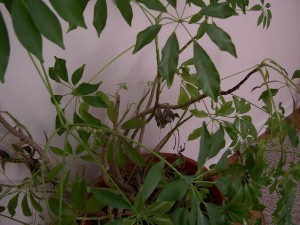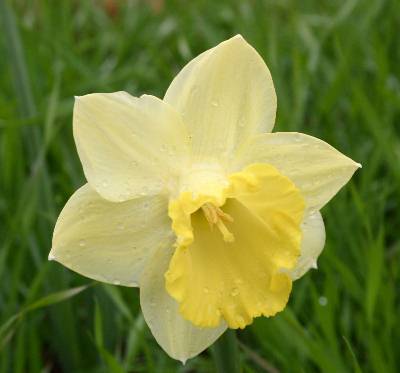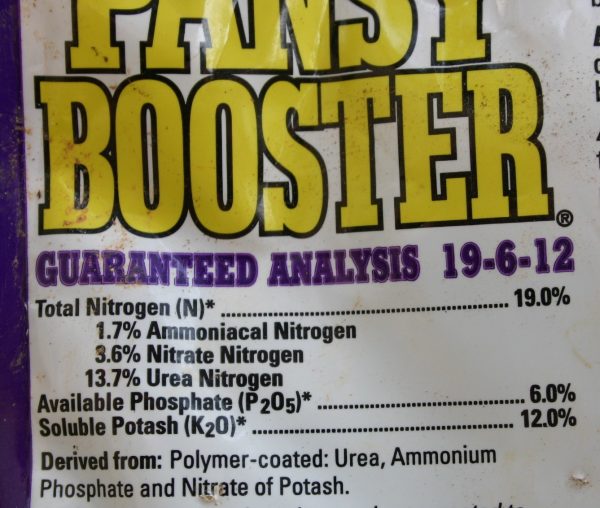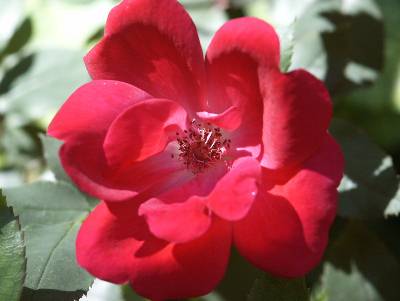Fescue – Yellow Patches in Fall & Winter
Yellow patches in fescue lawns that were planted this fall are not signs of disease. The seedlings are yellow because cold temperatures stopped photosynthesis. A few warm days in mid-December will kick-start the growth process and the yellow patches will disappear.
If you have delayed applying the second round of fertilizer to fescue in late fall, try using a “fast release” lawn fertilizer like 16-4-8. The nutrients are water soluble and will be available to the grass after any rain.
Fescue seeded after October has germinated slowly. It will look fine by February; there is no need to add fertilizer above the normal rates.
Q: I planted fescue in June and it doesn’t look so good now. It is sort of yellow. Should I plant again next spring or fertilize now or kill the weeds in it?
A: I think your best bet would be to fertilize now and leave the weeds in peace. If you still have bare spots in March, you can plant more seed then. Use six pounds of 16-4-8 fertilizer per 1000 square feet of lawn now and then again in February. If you decide to reseed in March, use no more than four pounds of seed per 1000 square feet. Don’t use any weedkiller until you have mowed the lawn four times in the spring.





